|
Kamakura-since 700 A.D. or 10,000 B.C. |
|
Kamakura
Old and new, tea and coffee, history and surfing. |
|
Tokyo Life |
 Anyo-in shrine in Kamakura, famous for huge azalea all in magenta flower. Also, a popular place to lay in your "I was here on religous pilgrimage" stickers. This photo was taken by Andy Barker with his superior camera. |
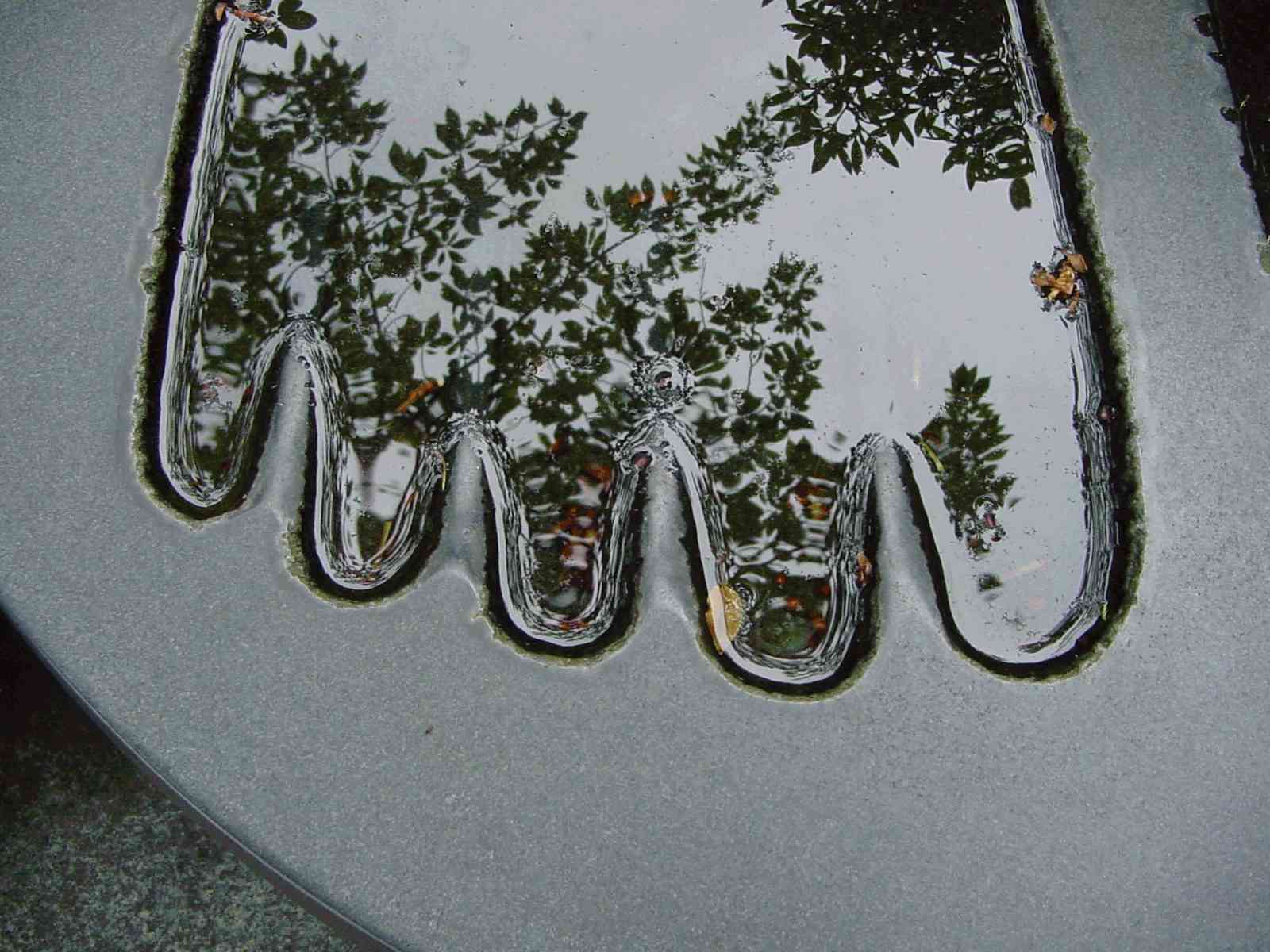
Buddha's rather strangely shaped toes reflect the late spring foliage and silver heavens. Anyo-in. |
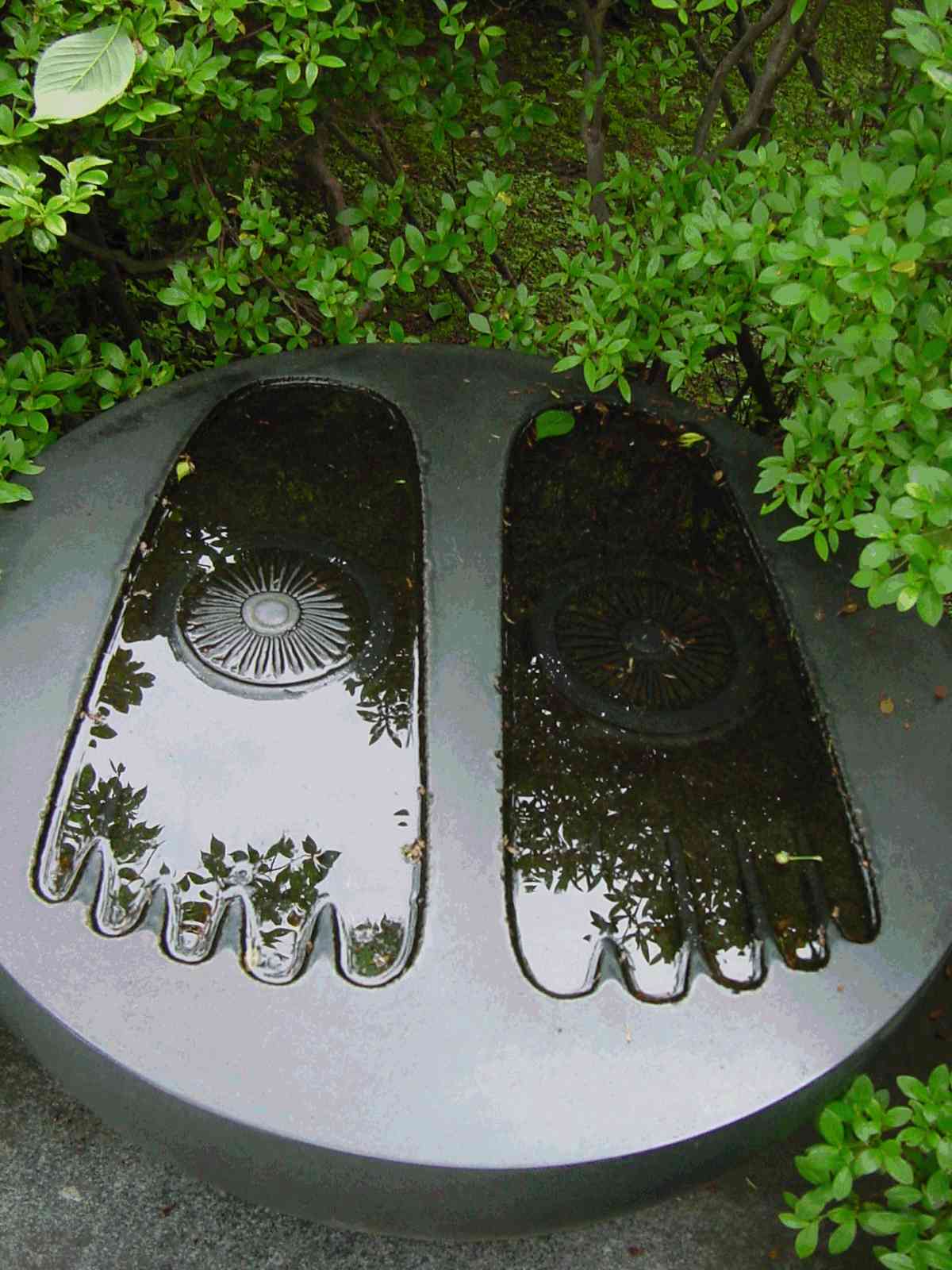
The Buddha's footprints. Anyo-in. |
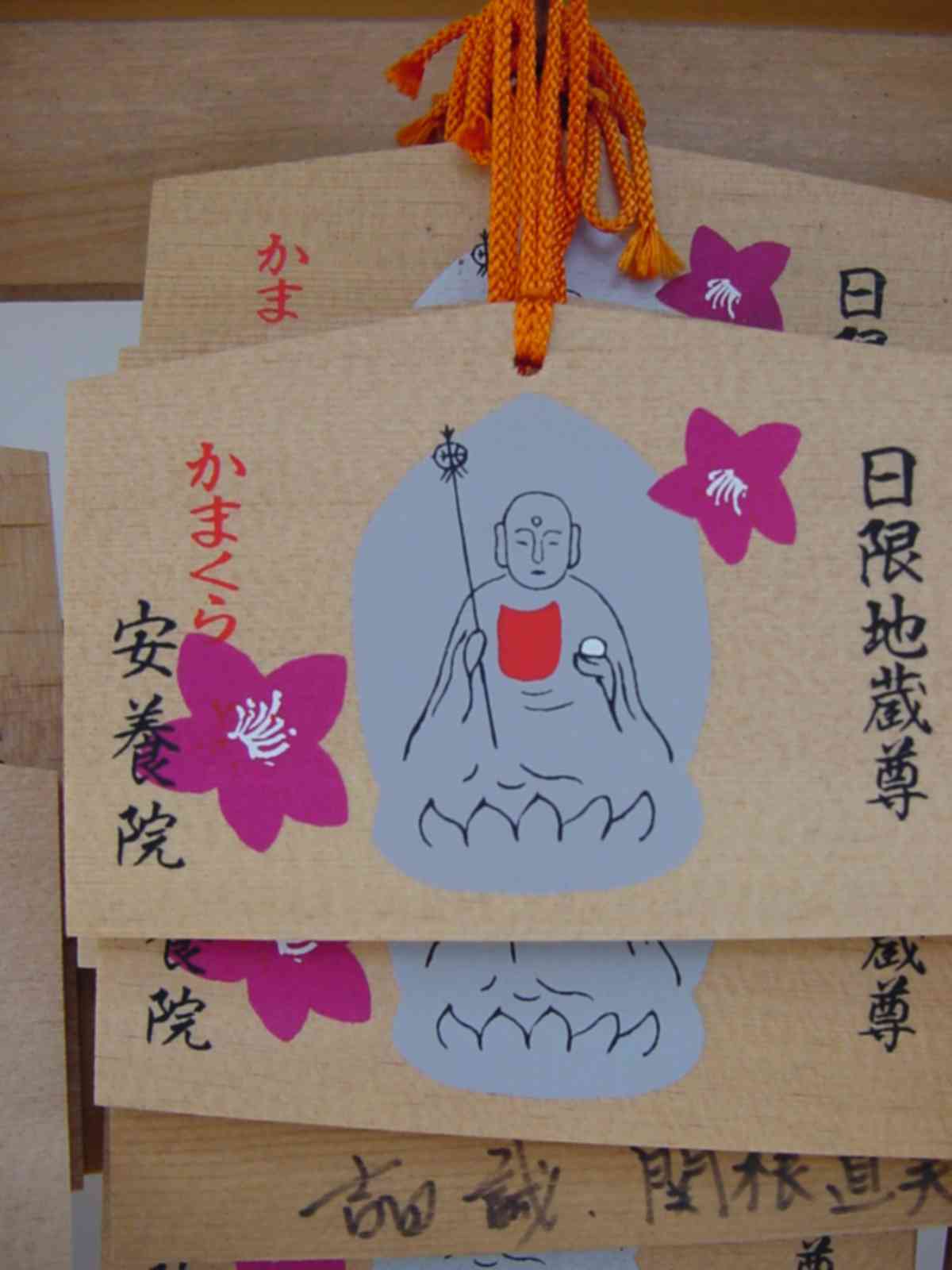
Anyo-in ema or placards, with wishes. A cheerful cartoon of Buddha with the magenta azaleas. |
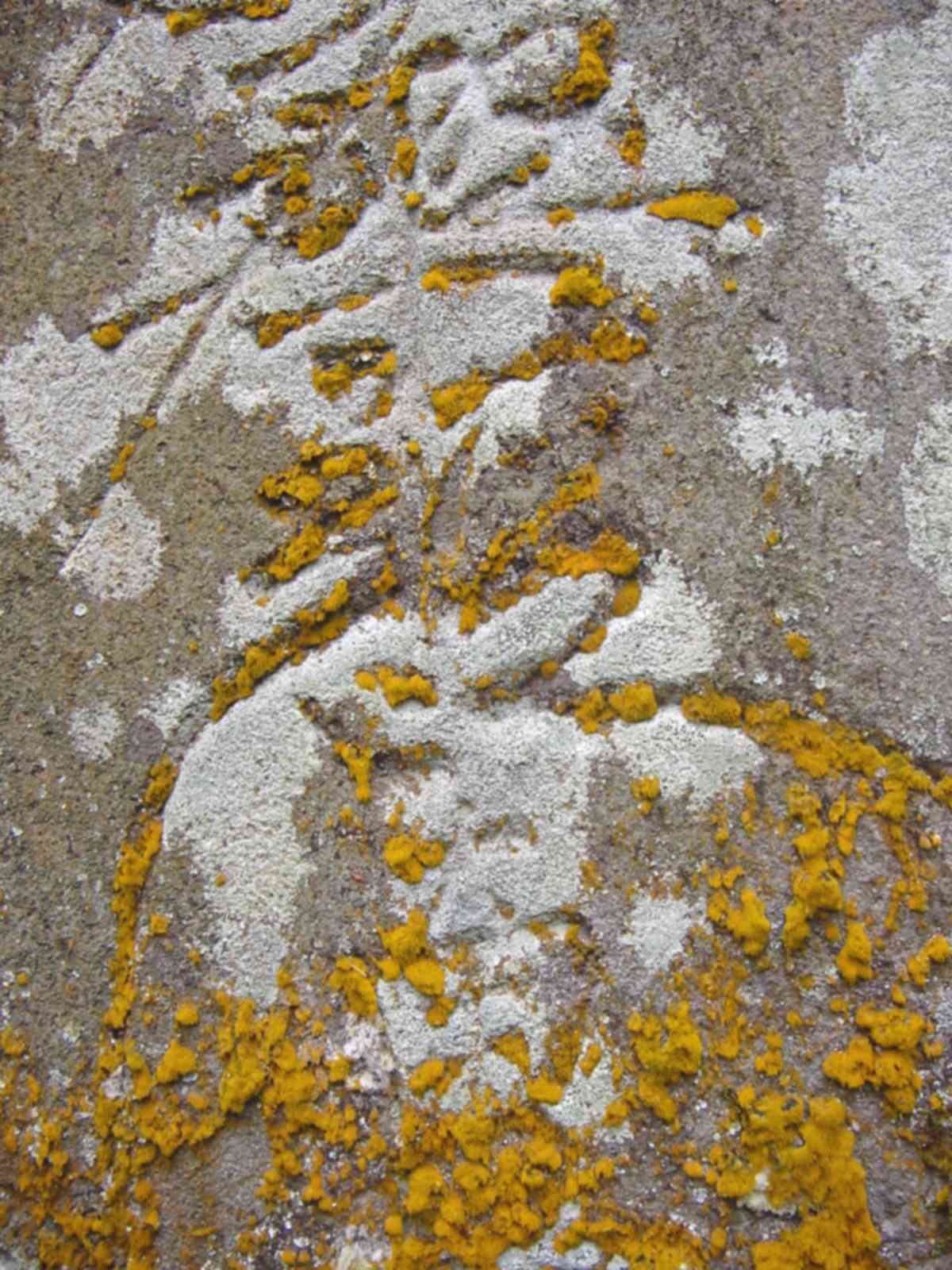
How long does lichen take to cover ancient kanji on tombstones? 10,000 years, according to the Kimigayo, the controversial Japanese national anthem. The words are from a 31-syllable tanka poem in the Kokin-wakashu, a 10th-century anthology. |
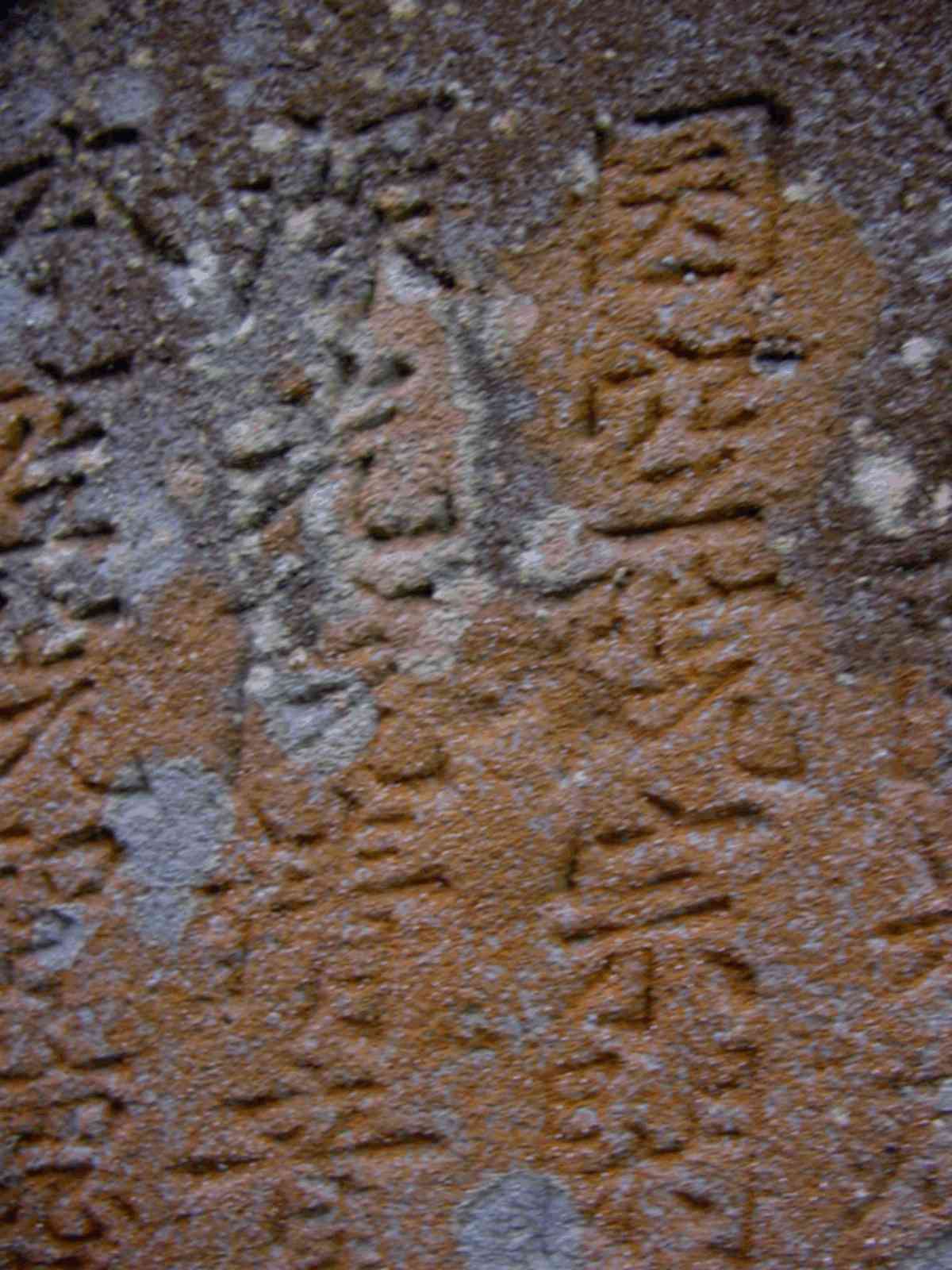
More moss. |
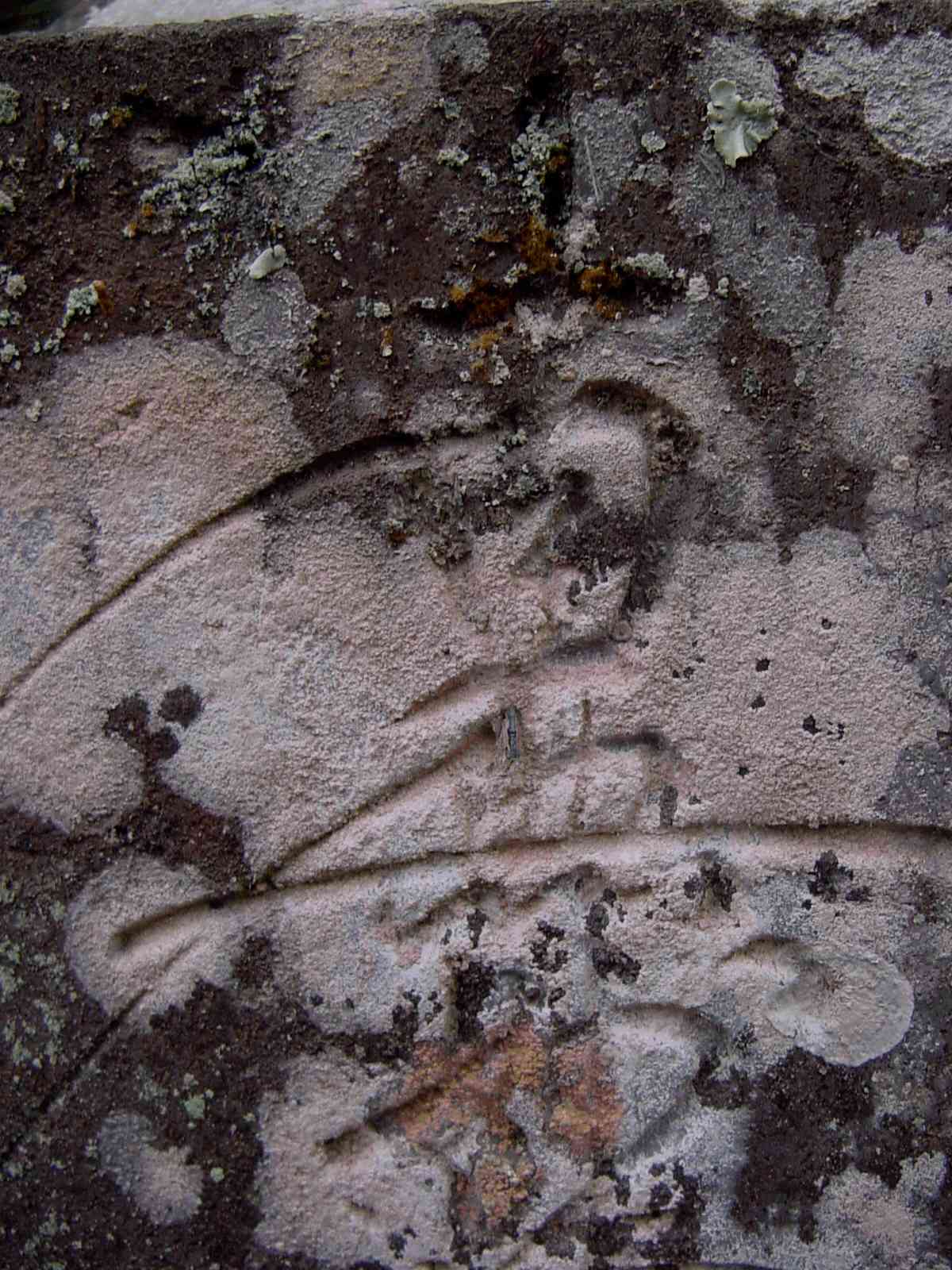
More moss. Confirming where this is exactly soon. |
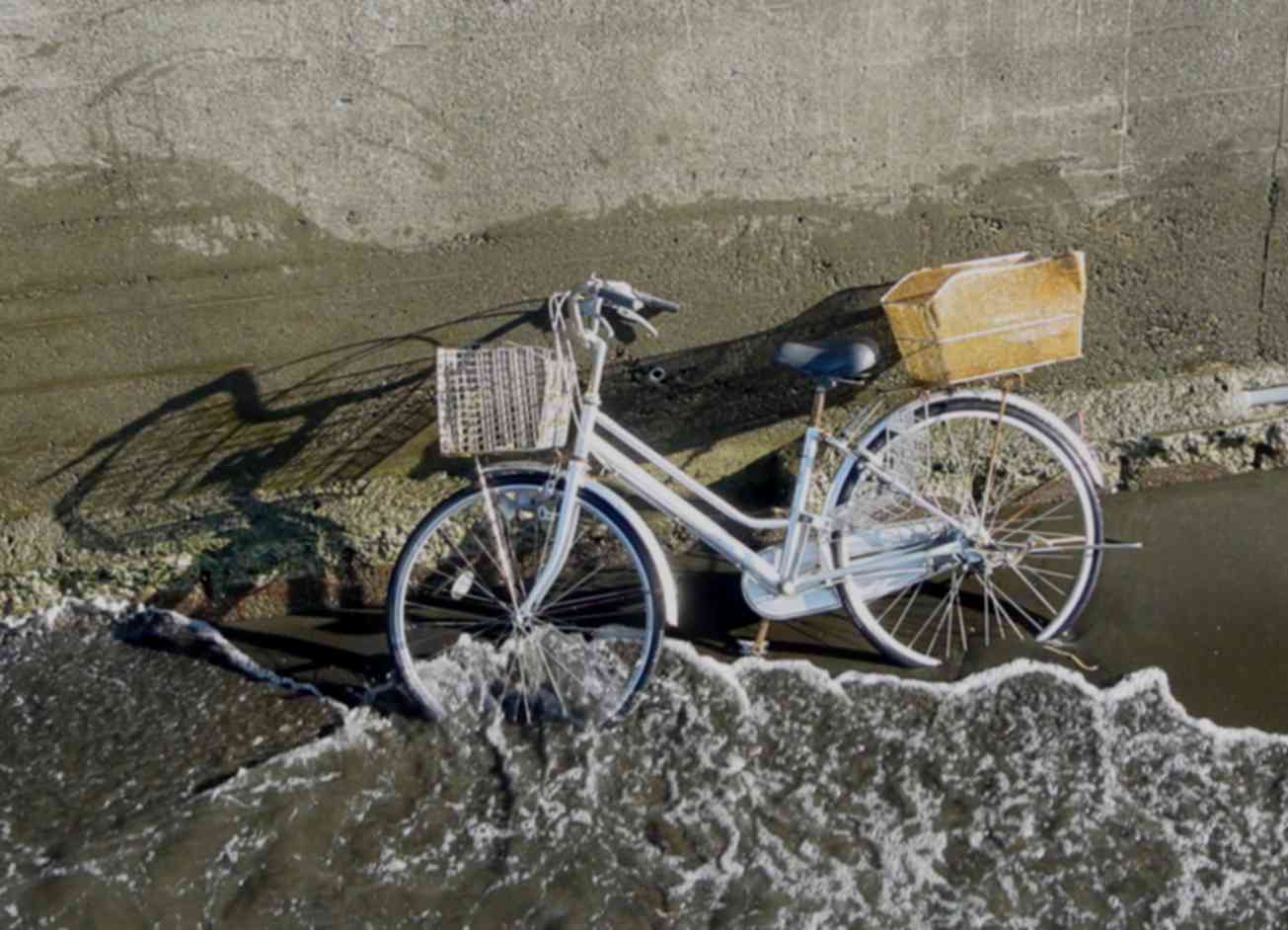
Along the seawall of Enoshima, a lone bicycle meets the wintery sea. |
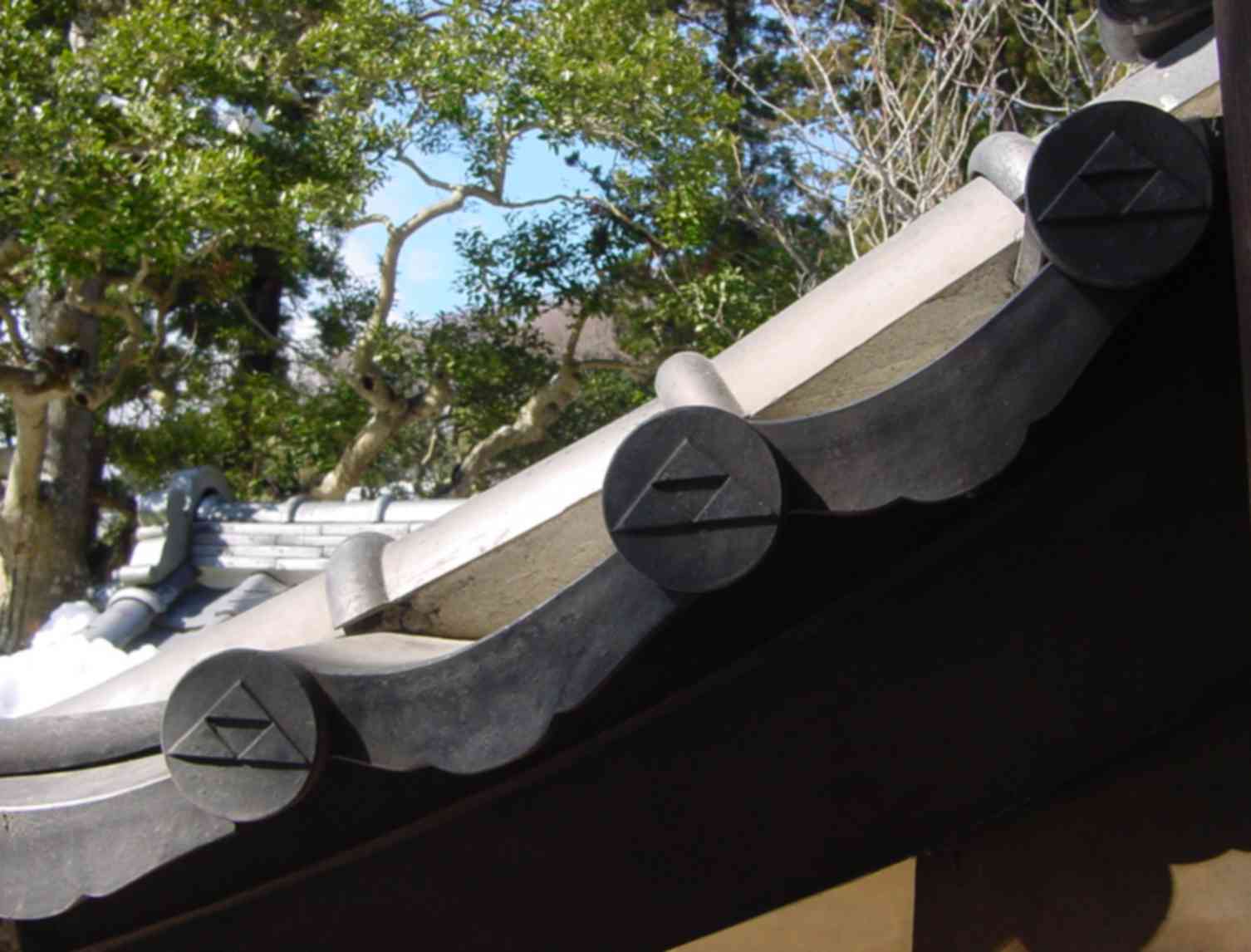
Three tiles on a snowy February day in Engaku-ji. |
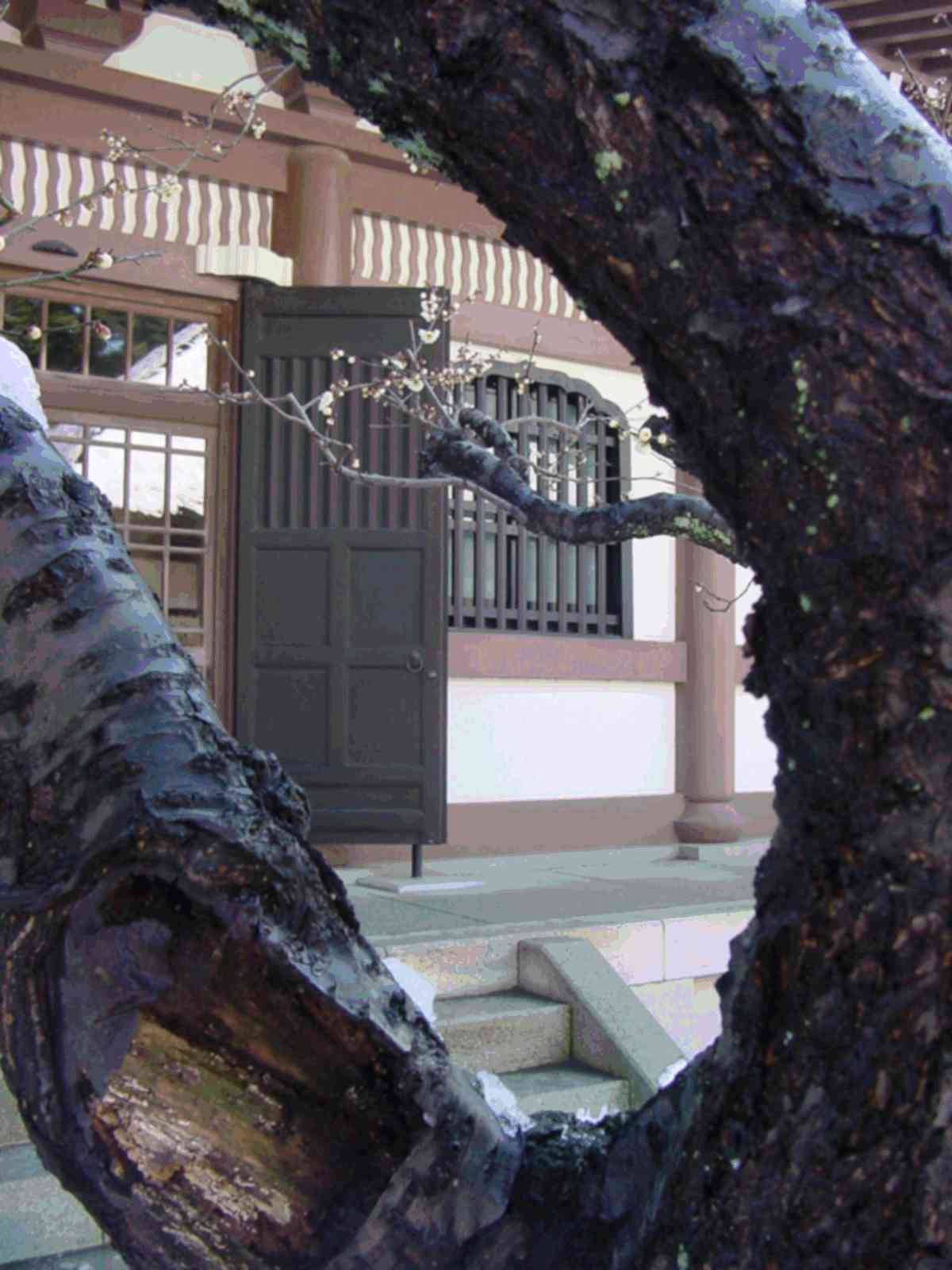
Engakuji on a winter's day. |
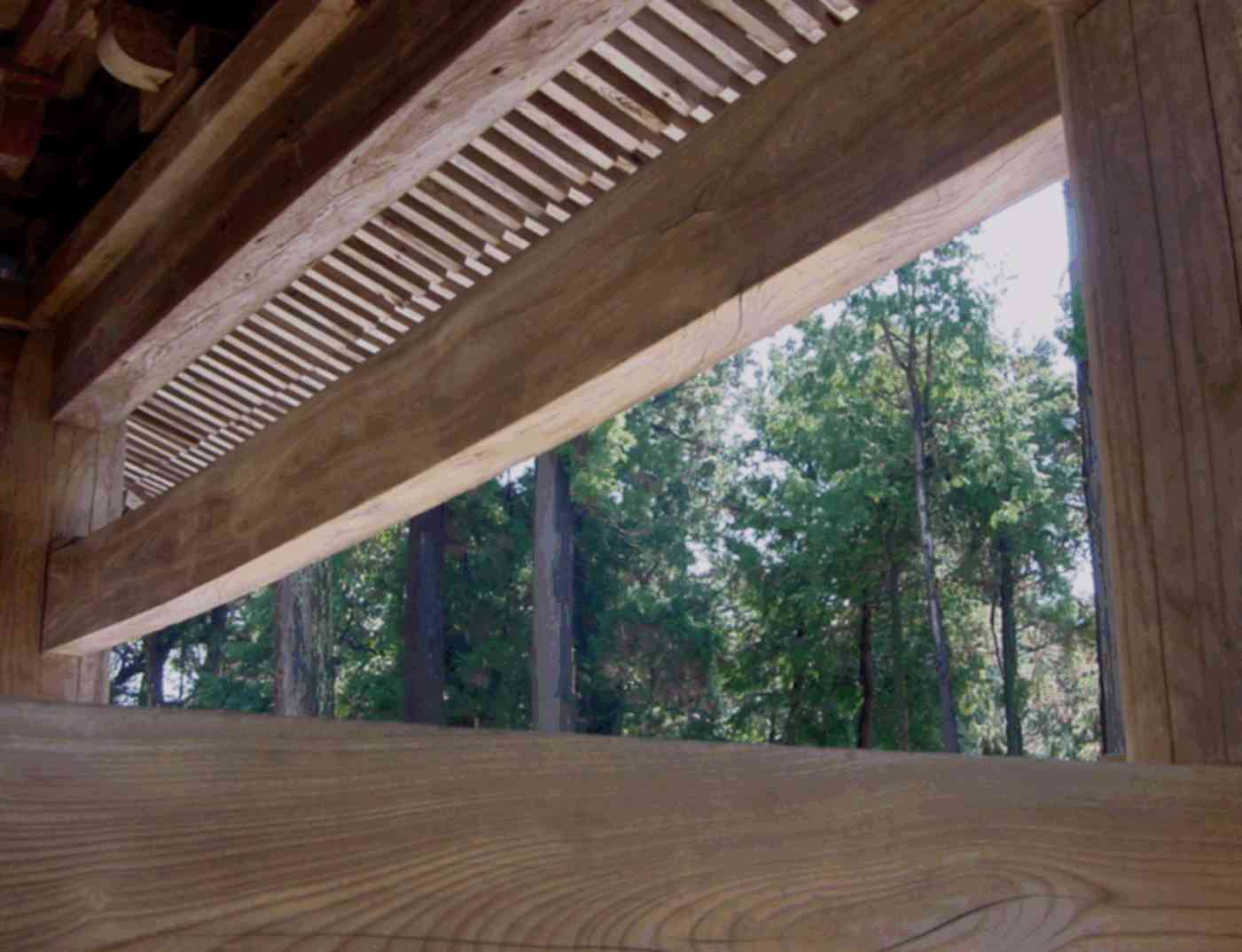
Engakuji, looking out from the massive main wooden structure to the surrounding cypress trees. |
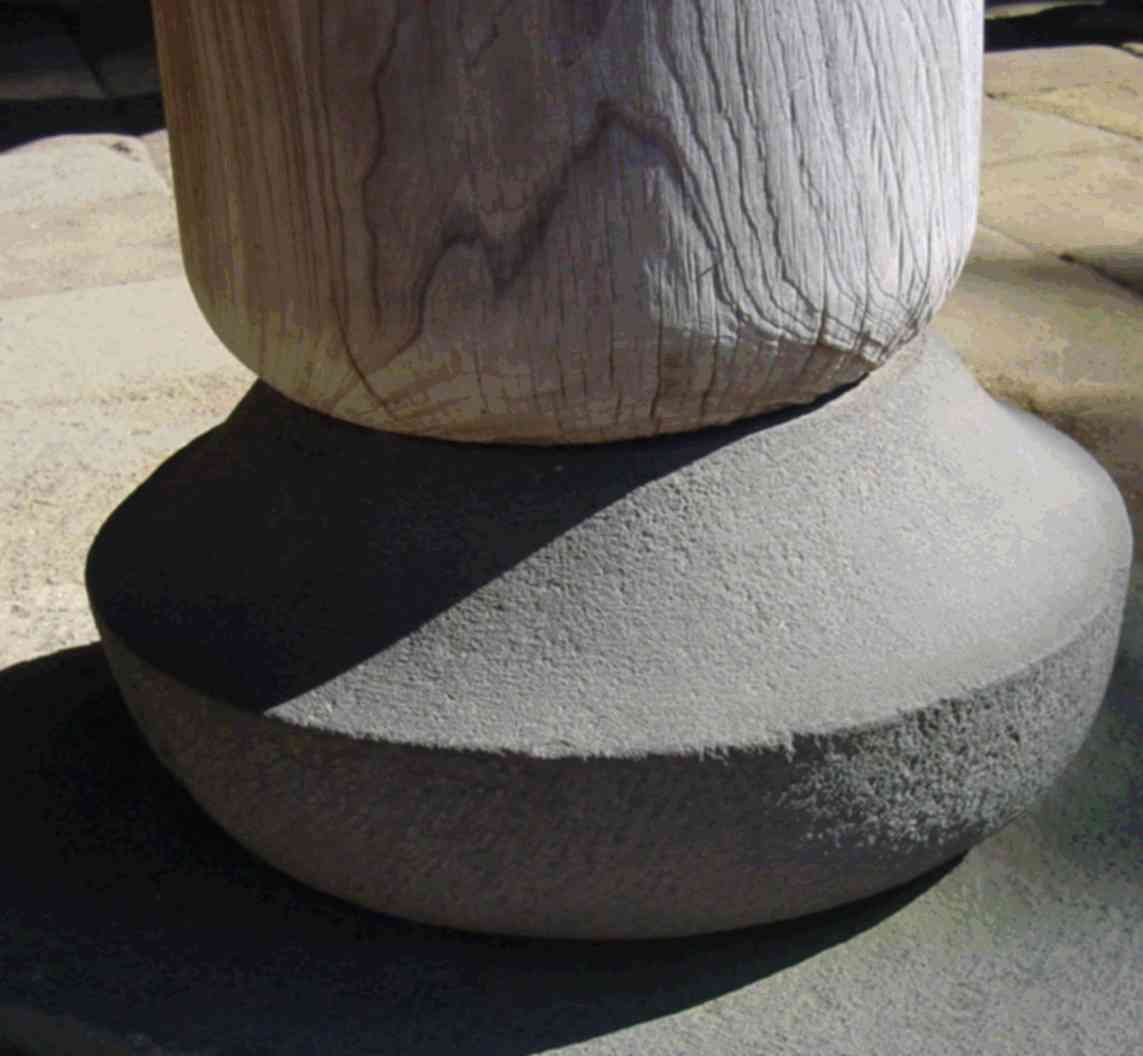
Base of the pillar, Engakuji. Poetry in wood, stone, light and shadow. |
|
|
